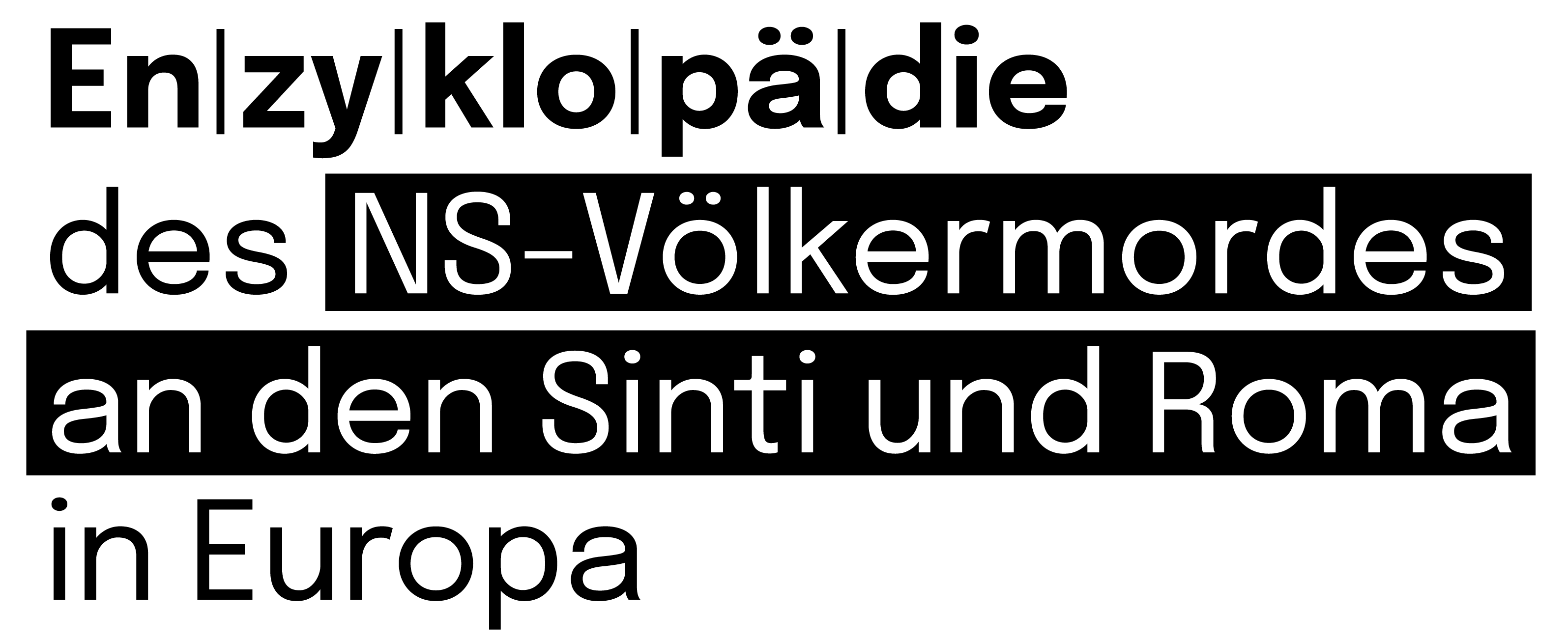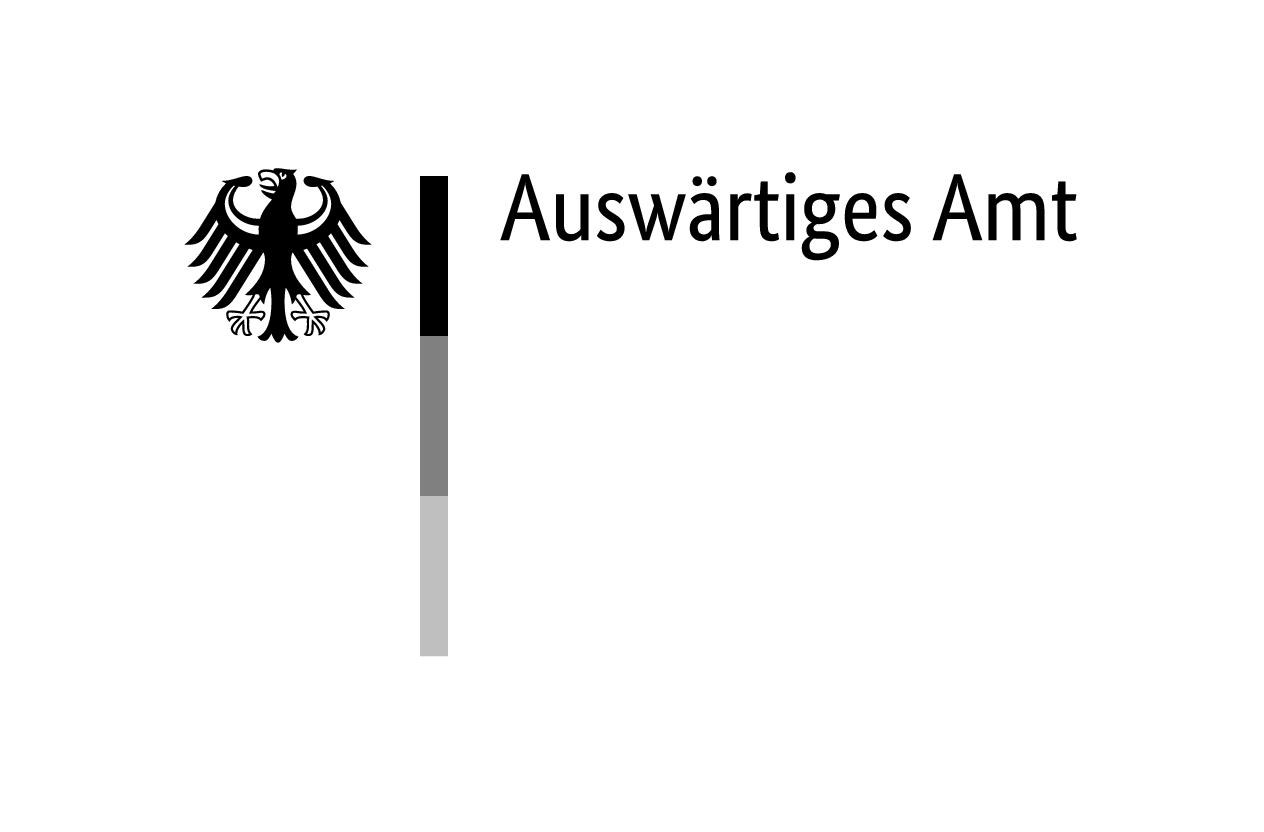Jean ‘Django’ Reinhardt was born into a family of Sinti musicians from Alsace on 23 January 1910 in Liberchies, today Pont-à-Celles (Belgium). As a child, he travelled with his family through various European countries and in Algeria before settling in 1918 in Paris, France. As a young musician and founder of the legendary ‘Quintette du Hot Club de France’, he enjoyed a successful career and survived the German occupation thanks in part to his popularity.
Django Reinhardt contributed to the diffusion of jazz to Europe, established his own musical tradition and inspired subsequent generations to develop a style of music that still has a large fan base today as ‘Jazz Manouche’, ‘Sinti Swing’ or ‘Gypsy Jazz’. How he managed to survive World War II without being interned or deported has only been investigated relatively recently.
Early Career
Django Reinhardt learned to play the banjo-guitar, guitar and violin at an early age, and became a guitarist in the family band led by his father, Jean-Baptiste ‘Nélône’ Reinhardt (1881–1942). Spotted as a virtuoso by the ballroom accordionist Pierre ‘Vettese’ Guérino (1895–1952), a Piedmontese Sinto, he recorded his first album in 1928. That same year, Django Reinhardt was injured in a fire in his caravan, as a result of which his left hand was partially paralysed. This accident led him to develop a new playing technique.
Introduced to American jazz in 1931 by the painter and photographer Émile Savitry (1903–1967), Django Reinhardt developed an original style, the Jazz Manouche, which met with great success. Supported by Charles Delaunay (1911–1988), secretary general of the ‘Hot Club de France’ (an association of jazz musicians), Django Reinhardt founded the ‘Quintette du Hot Club de France’ in 1934, with Stéphane Grappelli (1908–1997) (violin), his brother Joseph ‘Nin-Nin’ Reinhardt (1912–1982) (guitar), Roger Chaput (1909–1994) (guitar) and Louis Vola (1902–1990) (double bass). He also later joined the ‘Swing’ label created in 1937 by Delaunay. Before 1939, Django Reinhardt had recorded over a hundred of LP records.
As a musician living in Paris, he was registered as a showman and carried a carnet issued by the Paris Prefecture of Police in 1935. This status protected him from the measures taken against so-called Nomades, and he was not subject to the enforced residence decree of 6 April 1940 or the internment order of 4 October 1940.
In German-Occupied Paris
In September 1940, Django Reinhardt was on tour in Great Britain. Stéphane Grappelli, who was ill at the time, stayed behind, while Reinhardt returned to Paris. In October 1940, he formed a new, revamped ensemble, the ‘Nouveau Quintette du Hot Club de France’. Under the German occupation, Django Reinhardt played regularly in cinemas and prestigious theatres. In December 1940, he recorded a hugely successful album featuring tracks such as ‘Nuages’, ‘Swing 41’ and ‘Les Yeux noirs’ [Dark Eyes], a cover of a classic piece from the Russian Roma repertoire.
Django Reinhardt was one of the major figures in the Swing craze that was sweeping through France’s dissident youth. These young people, known as the Zazous, often referred to him as one of the inspirers of their distinctive style. Between January 1941 and April 1942, he made a number of recordings and gave concerts, expanding his repertoire by founding the ‘Grand Orchestre Swing’.
In 1943, he composed a symphony, ‘Le Manoir de mes rêves’ [The Manor of my Dreams], with the writer Jean Cocteau (1889–1963), who was asked to write an accompanying libretto. But the project never saw the light of day.
That same year, Django Reinhardt began composing a ‘Messe pour les Romanichels’ [Mass for the Romanichals] or ‘Messe des Saintes-Maries-de-la-Mer’ [Mass of Saintes-Maries-de-la-Mer], which he intended to perform during the pilgrimage of Saint Sara to the village of Saintes-Maries-de-la-Mer. He intended this mass, ‘written in his own language’, for ‘Bohemians all over the world’, as reported by a journalist at the time. This suggests that Django Reinhardt had planned a libretto written in Romanes and intended the mass to honour the living and pay tribute to the dead, in response to the persecutions and genocide under way.
A first performance was given in the church of Saint-Louis-d’Antin in Paris in late 1943 and then, around December 1944, in the chapel of the Institute for Young Blind People in Paris. For some unknown reason, Django Reinhardt never recorded this mass, and only a few pages of the composition survive.
In April 1943, while on tour in Belgium, he obtained a civil status certificate in his home town, enabling him to marry his second wife, Sophie ‘Naguine’ Ziegler (1911–1971), in Salbris (Loir-et-Cher) on 21 June 1943. During this period, the circles around Django Reinhardt enjoyed a certain amount of protection, notably from Dietrich Schulz-Köhn (1912–1999), a German jazz expert and Luftwaffe first lieutenant stationed in France. But the threats became greater and greater.
While Delaunay was involved in the Résistance, arrests of other Hot Club members participating in the Résistance increased from April 1943 onwards. It seems that the German Propagandastaffel, the department in charge of propaganda and controlling the press and publishing during the occupation, put pressure on Django Reinhardt to go and play in Germany. Against this backdrop, he decided to leave Paris at the end of September 1943 with his wife, who was pregnant at the time, and his mother, Laurence ‘Negros’ Reinhardt (1884–1958).
Thonon-les-Bains and Failed Escape to Switzerland
They drove towards Switzerland and stopped on the French shore of Lake Geneva at Thonon-les-Bains (Haute-Savoie). There they met up with several well-known Manouches (Sinti) and Roma, including the Hoffmans and Meinhards, who had set up home, under house arrest, in the Parc de la Crête. Django Reinhardt joined their orchestra playing in a café, the Savoy Bar. He got in touch with the Corfus—Roma, who travelled between France and Switzerland working as coppersmiths.
While in Thonon-les-Bains, Django Reinhardt tried to cross the border several times with his mother and his wife. After an initial setback, they moved into a villa there and Django Reinhardt played regularly with growing success, bringing in musicians from Paris to accompany him. Just as he was meeting a passeur, one of the French men and women who specialised in smuggling people across the border, he was arrested by German soldiers and imprisoned for a night in the Hotel Europe, which had been requisitioned by the German authorities.
As he was carrying a membership card for the British Musicians’ Union, he was suspected of espionage. A German officer recognised him and obtained his release. But his release aroused the suspicions of Résistance groups in Thonon-les-Bains, and Django Reinhardt decided to cross the border alone, planning to bring his wife and his mother to Switzerland at a later date.
On 24 November 1943, he crossed the border together with a Sinti passeur, Jean Meinhard (1919–1968). They were both arrested by a patrol of Swiss border guards near the village of Gy. The record of his arrest mentions as reason for his crossing: ‘Does not want to perform in Berlin’.1Archives d’État de Genève (Geneva, Switzerland), Justice et police, Ef2/5567. In the minutes recorded on 24 November 1943, the reason given for entry was noted as: ‘ne veut pas se produire à Berlin’. This confirms that he endeavoured to resist any attempts by the German side to exploit him or possibly expose him to danger within the territory of the Reich.
Despite his successful entry to Switzerland, Django Reinhardt was not allowed to stay, as was the case for many refugees of all origins. He was escorted back to France and reunited with Sophie Ziegler and Laurence Reinhardt. They decided to return to Paris in December 1943, where they stayed until the end of the war. Django Reinhardt continued his musical activities, notably in a cabaret founded at the end of the 19th century and located in the Pigalle district, of which he became co-owner at the beginning of 1944 (‘La Roulotte – Chez Django Reinhardt’).
He also toured the south of the country, but living conditions became increasingly difficult. A few days after the Normandy landings, Sophie Reinhardt gave birth to their son, Jean-Jacques ‘Chien-Chien’, later ‘Babik’ Reinhardt (1944–2001), on 9 June 1944.
Worldwide Fame
After the liberation of Paris, Django Reinhardt was reunited with his family and musician friends and continued his career as a great musician. In January 1946, he went to London and met up with Stéphane Grappelli. They recorded the track ‘Echoes of France’, a new adaptation of the French national anthem, ‘La Marseillaise’. In 1946, he was invited to the United States and Canada for a tour, playing in concert with Duke Ellington (1899–1974). The tour did not bring the recognition Django Reinhardt had hoped for and he considered that it was a failure.
In 1951, while continuing his musical activities, he moved to the town of Samois-sur-Seine (Seine-et-Marne), about 70 kilometres southeast of Paris, where he also practised painting. He died of a stroke on 16 May 1953 in Fontainebleau at the age of only 43. Django Reinhardt is buried in the Samois-sur-Seine cemetery.
The worldwide fame of Django Reinhardt continues after his death, and the tradition of Jazz Manouche has been developed by his sons, Henri ‘Lousson Reinhardt‘ Baumgartner (1929–1992) and Jacques ‘Babik’ Reinhardt, relatives like Franz ‘Schnuckenack‘ Reinhardt (1921–2006), and musicians such as Pierre-Jean ‘Matelo‘ Ferret (1918–1989). Several festivals of Jazz Manouche around the world are held each year in his honour.
The first studies of Django Reinhardt’s life under German occupation were published after 2000. In 2017, the feature film ‘Django’ by French film producer, screenwriter and director Étienne Comar (born 1965) brought international attention to this aspect of his career. The film is based on a novella by Alexis Salatko (born 1959). By incorporating episodes that are not based on verified facts and through the artistic interpretation and embellishment of the narrative, Comar’s film deviates from historical events in some places. Nevertheless, the empathetic portrayal of the character ‘Django’ provides a broader perspective on Django Reinhardt and his history.




